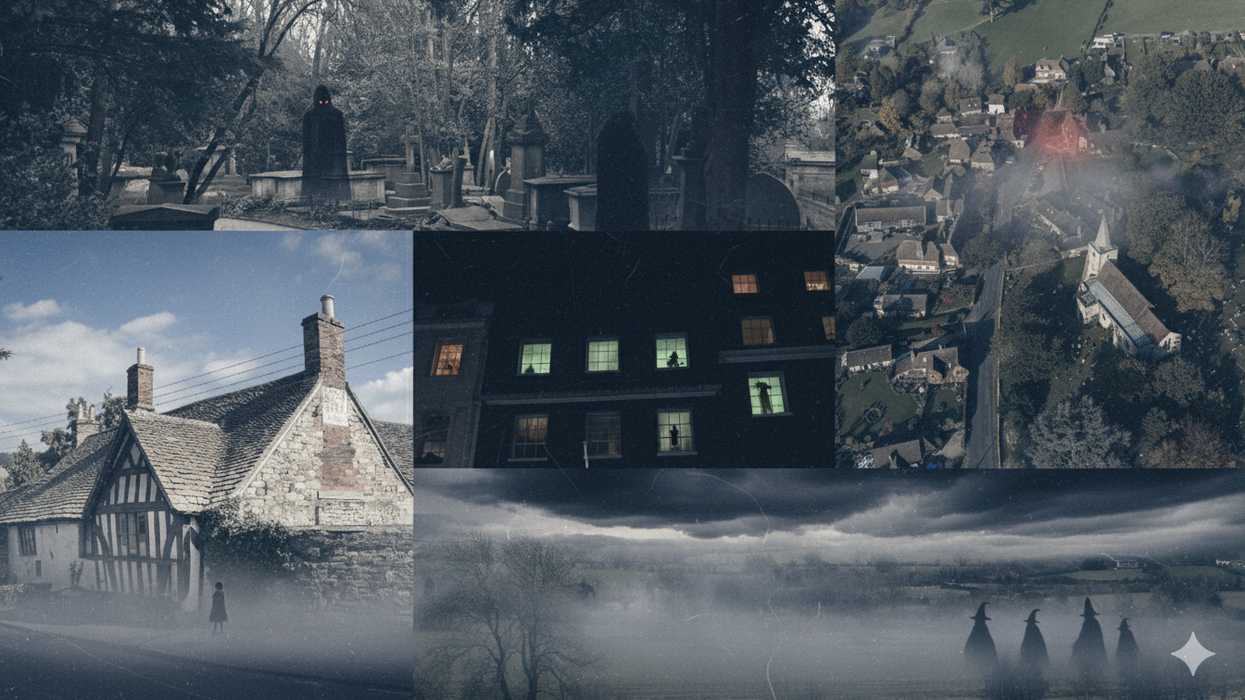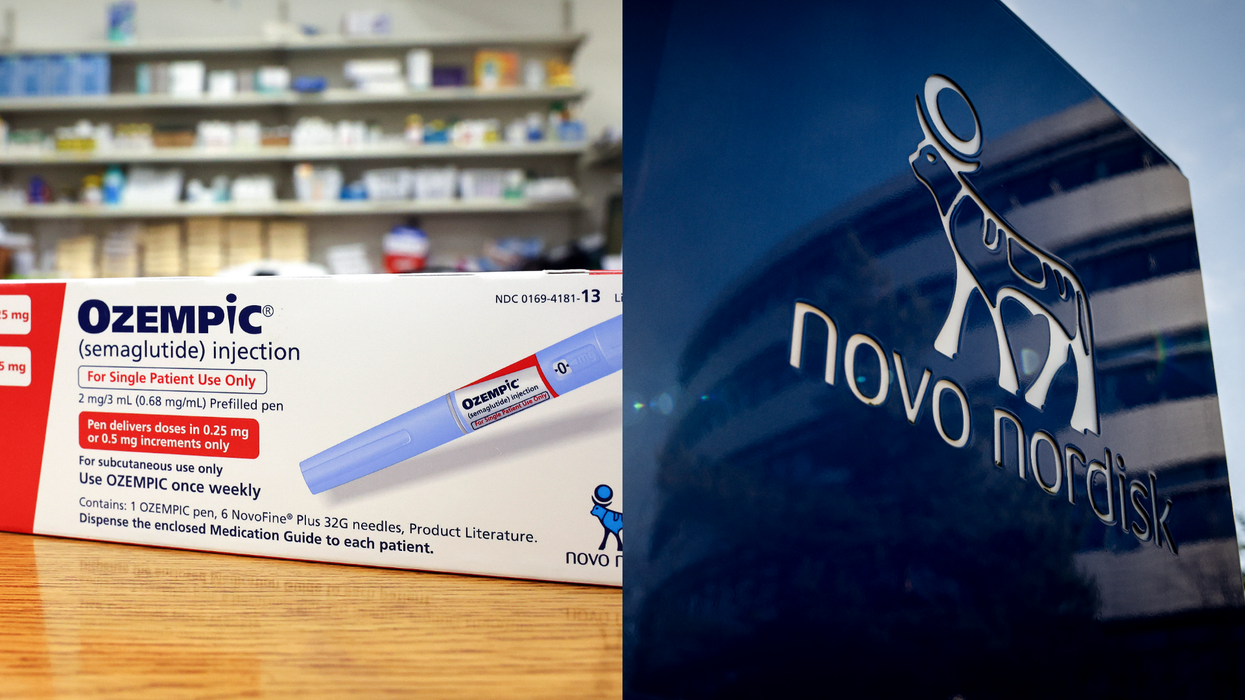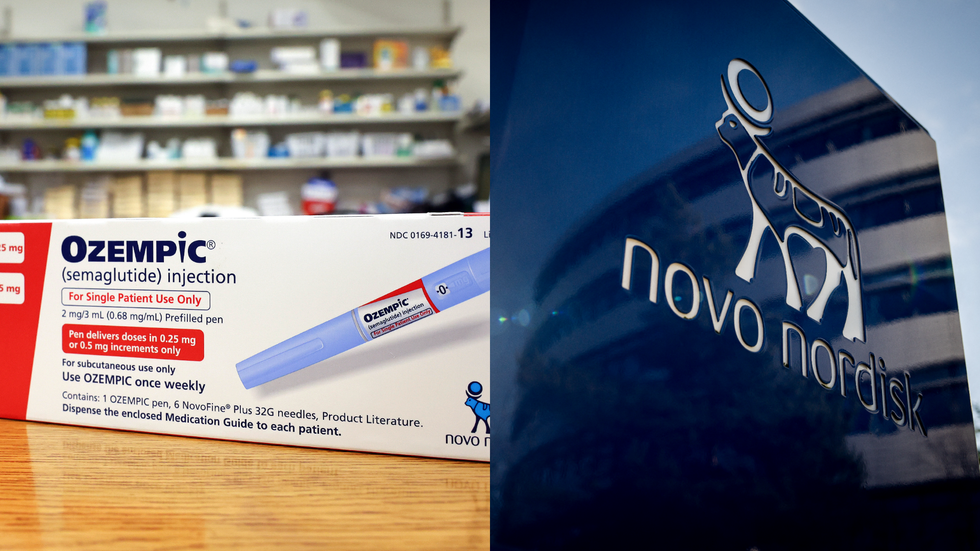For many, the spring bank holiday is a time to relax. But for thrill-seekers in Gloucestershire, the day marks one of Britain’s most eccentric traditions, the annual cheese-rolling race at Cooper’s Hill.
The event, which dates back to at least 1826, sees competitors throw themselves down a dangerously steep slope in pursuit of a rolling 8lb wheel of Double Gloucester cheese. The cheese is released with a head start and can reach speeds of up to 70mph as it travels 200 yards down the hill, which has a near-vertical 1:2 gradient. The first person to reach the bottom wins the cheese.
This year’s competition once again drew thousands of spectators and a diverse group of international participants. Among the winners was 23-year-old German YouTuber Tom Kopke, from Munich, who retained his title by winning the first men’s downhill race. Kopke, who is also a university student, is raising money for refugees and people experiencing homelessness.
“It was crazy. This year was different,” Kopke said after the race. “Last year the hill was muddy and this year it was dry and dangerous and people got injured. I shut off my brain and went for it. All the people at the top said they were going to steal my title but this is mine. I worked for this. I risked my life for this. It’s my cheese. Back to back.”
This year’s dry weather created tougher conditions for racers, with the harder ground increasing the risk of injury. Emergency service workers were on hand throughout the day, and several participants required medical attention after tumbling down the hill.
The women’s race was won by Ava Sender Logan, a 20-year-old student from London. Logan, who was taking part for the first time, competed on behalf of the Refugee Community Kitchen, a charity that provides meals to displaced people in northern France and supports rough sleepers in London and Edinburgh.
“This is my first time,” she said. “I thought it was such a tradition, and I will probably feel it tomorrow. I can’t believe it. It felt quite long coming down and then I hit my head. I’m down, that’s what matters. I’m fine.”
Other men’s races saw a range of winners from around the world. Luke Preece from Gloucester triumphed in the second men’s downhill event, running in a Superman costume. “I am absolutely buzzed, amazing … the adrenaline,” he said. “My dad did it, I can’t believe it, it’s amazing.”
Byron Smith, 33, from New Zealand, won the final men’s race after finishing second in his heat the previous year. “It feels great,” he said. “I did it last year and came second in my heat and I thought I could do it this year and I did.”
Competitor Dylan Twiss, from Perth, Australia, was among the other international participants who celebrated completing the course — a feat in itself given the hazardous terrain.
Rod Smart, a long-time contributor to the event, once again supplied the cheese. Smart has been producing wheels for the race for more than 25 years. Four full-sized cheeses, each weighing approximately 3kg, were used this year, along with three smaller ones at about 1.5kg each.

Despite the chaotic nature of the competition, it remains a popular event for locals and international visitors alike. Its increasing profile in recent years has attracted global media coverage, with TV crews regularly in attendance and even livestreams provided by outlets such as the BBC.
Though steeped in tradition, the event has also faced modern challenges. In 2010, the official competition was cancelled following health and safety concerns after a crowd of over 15,000 people gathered in 2009. Since then, it has been held unofficially under police supervision, with local roads closed up to two and a half miles around the site to manage crowds and ensure safety.
In 2013, a lightweight foam replica of the cheese was temporarily introduced to reduce risks, but the traditional Double Gloucester was reinstated the following year after widespread criticism.
The exact origins of the event remain unclear. Some historians suggest it began as a way to assert grazing rights on the land around Cooper’s Hill, while others believe it may have roots in ancient fertility rituals. Regardless of its beginnings, the race has evolved into a unique celebration of British eccentricity and endurance.
With its steep slopes, unpredictable conditions, and daring participants, the Cooper’s Hill cheese-rolling event continues to capture the imagination of thrill-seekers and onlookers from around the world.







 Novo Nordisk launches Ozempic in India as diabetes cases climb Getty Images
Novo Nordisk launches Ozempic in India as diabetes cases climb Getty Images  Ozempic weekly pens now available in India for type 2 diabetesiStock
Ozempic weekly pens now available in India for type 2 diabetesiStock  India gets Ozempic as obesity and diabetes numbers riseiStock
India gets Ozempic as obesity and diabetes numbers riseiStock  Doctors say Ozempic helps blood sugar and weight management in adultsiStock
Doctors say Ozempic helps blood sugar and weight management in adultsiStock





